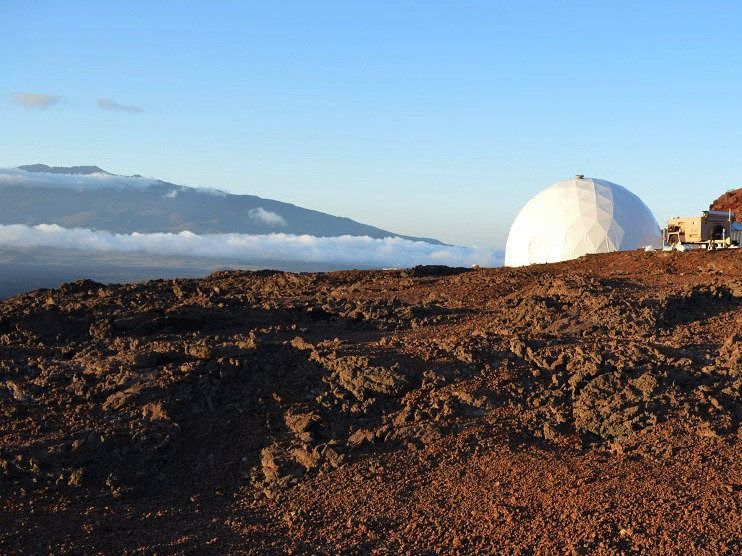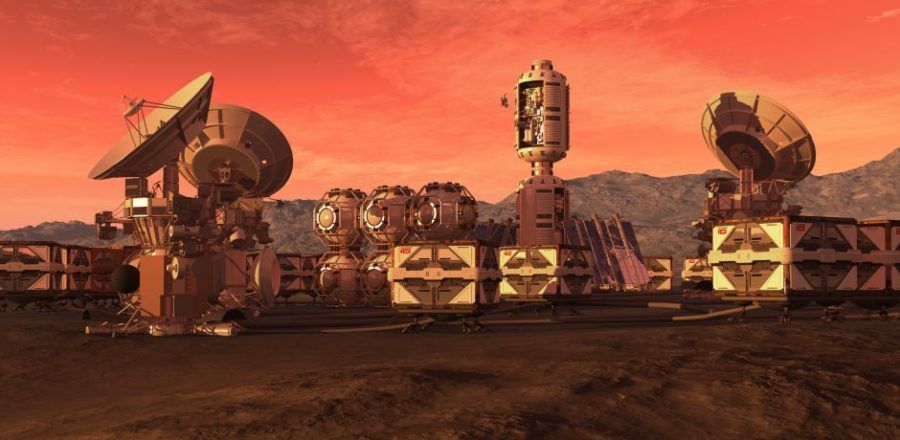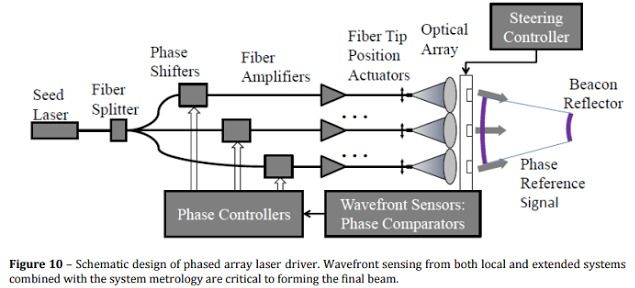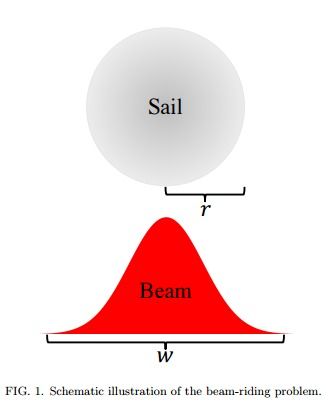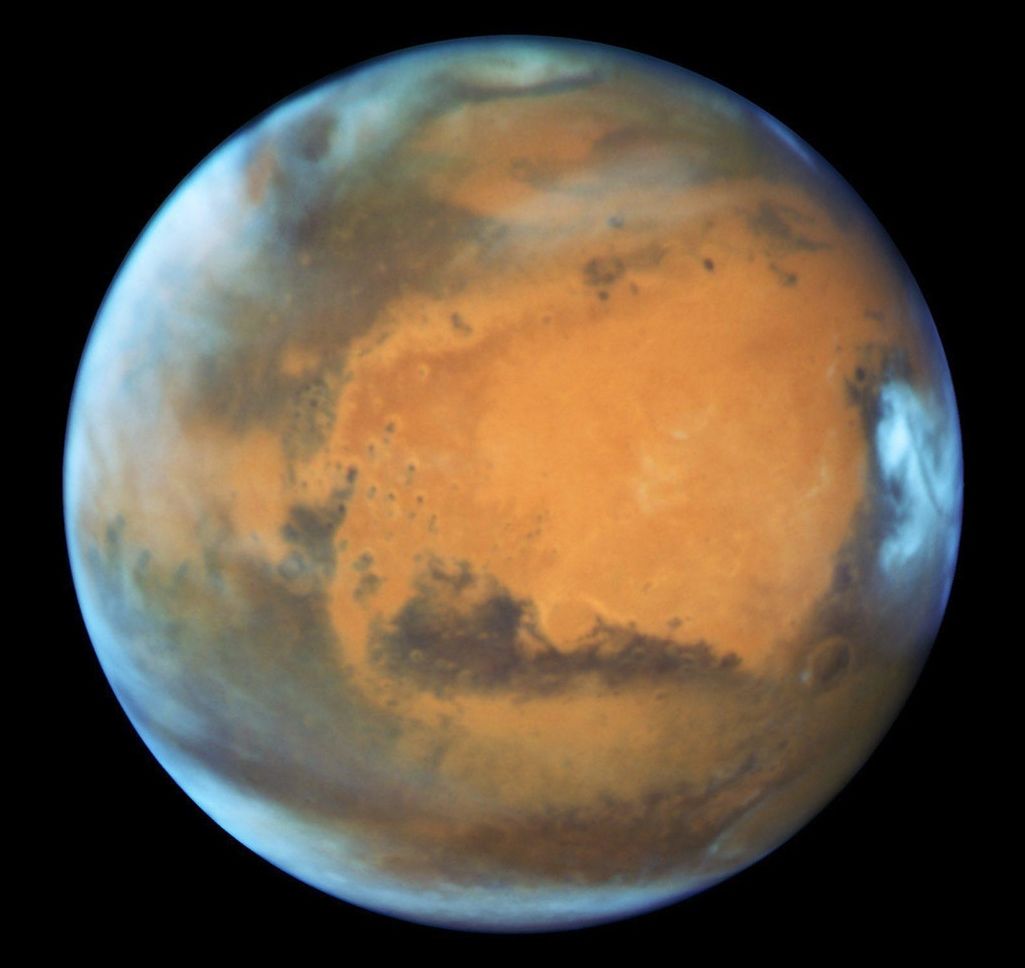An antimatter propulsion drive probe could be the first human-made spacecraft to orbit the newly-discovered extrasolar earthlike planet Proxima b. Or so says Gerald Jackson, the president of the Chicago-based Hbar technologies, whose antimatterdrive.org began a $200,000 Kickstarter campaign this weekend.
The idea is to use the fledgling antimatter propulsion technology to travel 4.2 light years to the newfound exo-earth circling Proxima Centauri, the Sun’s nearest stellar neighbor.
“Our antimatter drive project proposes an initial mission taking as long as 90 years, traveling at 5% of the speed of light for the majority of that duration,” Jackson, a former Fermilab physicist, told me. The hope is that the craft could eventually go into orbit around a nearby earthlike planet such as Proxima b.


